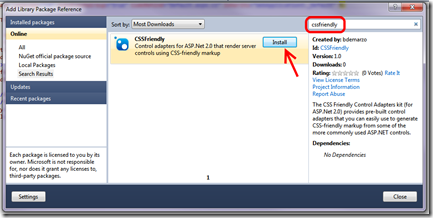Yesterday, while starting up my PC out of hibernate mode (an activity done about 250 times before), after entering my username and password, Windows stared at me with a blank blue screen and a task bar (i.e. the desktop color and nothing else). Windows was certainly doing something, because the disk was thrashing. This went on for about five minutes. No activity on my part (CTL-ALT-DEL, CTL-SHIFT-ESC for Task Manager, etc.) brought about a response during those five minutes. After banging my keyboard countless times (it’s amazing I don’t break more than one a year), Windows suddenly sprang into service as if nothing out of the ordinary happened.
Can someone please tell me what the #&^$&#^ Windows was doing during those five minutes, and if it was such a mission-critical operation that NO OTHER ACTIVITIES could be taken while they ran, why there is no notice in the event log? Heck, a progress bar or meaningless popup message would have been nice.
Today, I attempt to hit the F1 key to get “help” in Visual Studio 2003 (yes, we all need help sometimes). VS2k3 has been run many times in the past, and I keep it up-to-date with the latest MSDN updates (i.e. the occasional help file updates). After pressing F1, Windows Installer pops up. Deciding to give up all hope on getting the help I need (and understanding that a random Internet search is faster than Windows Installer), I click Cancel. After about four minutes, the “Canceling…” message disappears, replaced by a new “Please wait while Windows installs…” message. I click cancel again. I shut down Visual Studio. The Windows Installer finally ended it “canceling” process after ten minutes, and I have a new message on my screen: “Microsoft Development Environment has encountered a problem and needs to close…” Yeah, yeah. Thanks for nothing.
It’s amazing how Microsoft can do so many things well, yet can’t do some of the most important things right — like make a responsive operating system. Then again, I shouldn’t expect much more. After all, this is a company that delivered an excellent development framework (.Net) yet decided that the framework includes platform-specific implementations (now that WinFX stuff is a “core” part of .Net). It’s funny how I spend a good part of my development time customizing built-in ASP.Net controls to do what I want them to do and not do what they were designed to do.
My three biggest complaints with ASP.Net, in no particular order…
- Naming containers. I understand why, but they make it almost impossible to write client-side JavaScript code. Microsoft’s answer to that is to register your scripts in codebehind and reference “ClientID” properties, but that is hardly a programming solution.
- The insistence on formatting with TABLEs (which is finally being addressed with the CSS adapters).
- The single-form limtation of ASP.Net, the dependency on ViewState, and the whole rely-on-postback model (which translates fine to some applications but terribly to others).
- The general goal of not expecting developers to write code. I want to write code — I want to control my application. Enhanced ASP.Net controls (things like GridViews) should be add-ons, much like you buy a component library from a company like ComponentArt (whose WebUI suite I use often). Microsoft can make them if it wants to, but don’t force-feed it on everyone.
Yeah I know that was four, but I’m a bit peeved by Microsoft today. 🙂
 In four easy steps (three if you already have NuGet).
In four easy steps (three if you already have NuGet).